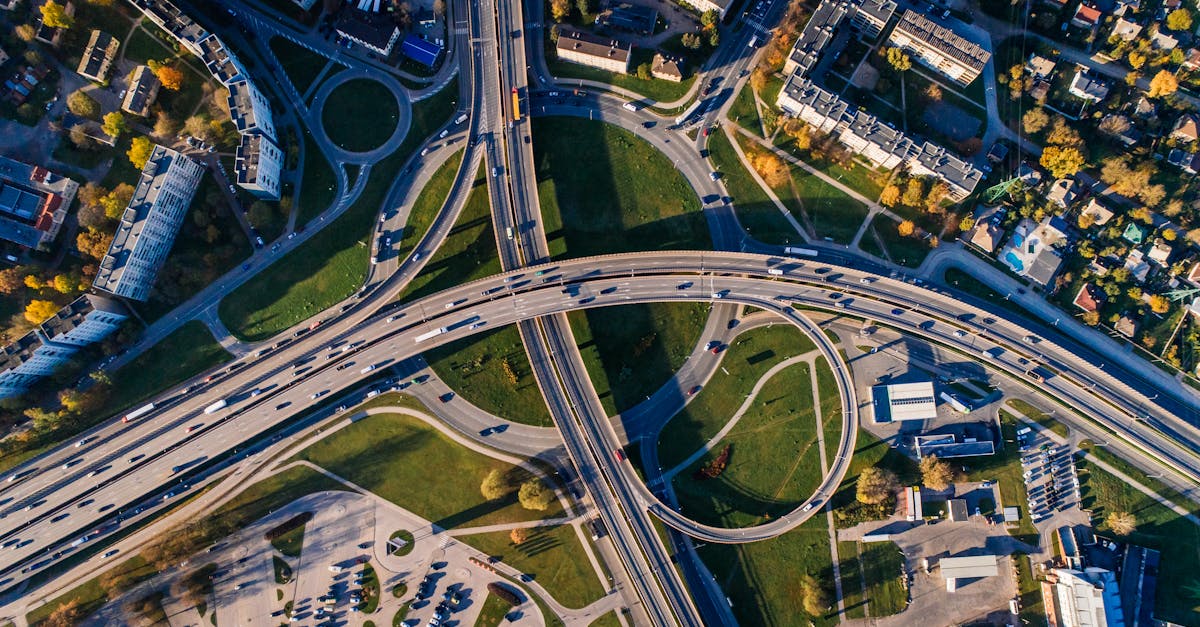The ongoing realignment of Honoapiʻilani Highway, a vital route connecting West Maui, presents significant implications for Hawaii's business community, particularly those in real estate, development, and tourism. As the state moves forward with relocating a vulnerable six-mile segment of the highway mauka, away from the encroaching sea, the fate of the coastal land and the abandoned roadway comes into question. This presents both challenges and opportunities for entrepreneurs and investors. The Department of Transportation is currently selecting sites for more detailed plans.
According to Maui Now's recent report, the highway relocation project aims to protect a critical transportation artery. The study notes that portions of the current highway are dangerously close to the ocean, making them susceptible to rising sea levels. This proactive approach to infrastructure resilience is crucial for supporting the long-term viability of businesses in West Maui. The state aims to regroup, provide residents with housing, and rebuild homes, businesses, and communities following the recent disaster.
The focus now turns to the future of the coastal land and the existing roadway. Three sites have been selected for more detailed planning: Olowalu town, Mile Marker 14, and Ukumehame Beach Park. These locations offer distinct possibilities for future development, each with its own set of considerations. For instance, the discovery of ‘iwi kupuna (ancestral remains) in the Olowalu area, as reported by Maui Now, can add complexity to any development plans. Any project would need to address cultural sensitivities and comply with preservation laws. The decision-making process around these sites will significantly impact the future of not only transportation but also tourism and community development in West Maui.
The rebuilding of the old highway area also provides a chance to develop new tourism activities, such as scenic routes. Investors must understand these details while considering the long-term strategy and economic factors which could accelerate growth. The government and local businesses have already taken serious steps in securing the local economy, with Hawaiian Electric updating its Wildfire Safety Strategy, showing that despite the recent disaster in Lahaina, many businesses can find ways to operate and profit. The project signifies adaptive changes to accommodate infrastructure needs, especially as the tourism and hospitality industries focus on their ability to expand after the recent disaster.



